Leg curls play a vital role for strengthening your hamstrings and enhancing lower body. The exercise targets the back of your thighs, leading to balanced and strong legs. In this article, we’ll learn about the benefits of leg curls, variations, and best practices for mastering leg curls. Remember, incorporating leg curls into your routine can significantly improve your overall leg strength. Additionally, performing the Leg Curl can help you achieve optimal results in your fitness journey.
Benefits of Leg Curls
Leg curls are a powerhouse exercise for targeting the hamstrings. That's it. Which is why we love them here in the gym – after all, these bad boys promote serious muscle growth in this crucial muscle group while engaging multiple areas at once. The hamstrings? They're absolutely vital for various athletic activities like sprinting and jumping. Want to know what happens when you strengthen these muscles? You significantly enhance your lower body strength and athletic performance. This improvement is particularly game-changing in sports that demand explosive movements.
Now, here's where it gets interesting: combining leg curls with exercises like leg extensions and squats ensures balanced muscle strength in your lower body. This balance isn't just nice to have – it's essential for preventing injuries and ensuring overall muscular harmony. While squats and deadlifts primarily hammer your quadriceps and glutes, leg curls zero in on the hamstrings, creating what I can only describe as a beautifully well-rounded lower body workout.
But wait, there's more. Incorporating leg curls and hamstring curls into your workout routine can dramatically reduce your risk of hamstring injury – and trust me, these are ridiculously common in activities involving sudden acceleration or deceleration. What's the secret? Strengthened hamstrings are more resilient and way less prone to strains and tears. This makes leg curls an absolutely invaluable exercise for both athletes and fitness enthusiasts alike. Will your performance suffer without them? You decide.
Types of Leg Curl Exercises
Leg curl exercises come in three primary forms: standing, seated, and lying. Each variation targets the hamstrings differently and offers unique benefits. Whether you’re a beginner or an advanced lifter, understanding these variations will help you choose the best exercise for your fitness level and goals.
Let’s dive into each type to see what they have to offer.
Standing Leg Curl
The standing leg curl is ideal for beginners, as it emphasizes endurance and maintaining proper technique without the need for heavy weights. Performing this exercise helps build muscle activation in the hamstrings while also engaging the calf muscles. This dual activation makes it a great starting point for those new to standing leg curls.
During a standing leg curl, you stand upright and curl one leg at a time towards your buttocks. This movement requires balance and control, which are essential for preventing hamstring injuries and improving overall lower body stability. Incorporating this exercise into your routine can help you develop a strong foundation for more advanced leg curl variations.
Seated Leg Curl
The standing leg curl? It's brilliant for beginners, and here's why we absolutely love recommending it. This movement emphasizes endurance and nailing proper technique without you needing to load up with heavy weights - which is exactly what we're all about! When you're performing this exercise, you're building incredible muscle activation in the hamstrings while simultaneously firing up those calf muscles. This dual activation makes it the perfect starting point for anyone new to standing leg curls - and trust me, that's no accident.
So what happens during a standing leg curl? You stand upright and curl one leg at a time towards your buttocks - simple as that. But here's where it gets interesting: this movement demands balance and control, which are absolutely essential for preventing those dreaded hamstring injuries and boosting your overall lower body stability. Think of it as building your foundation from the ground up. When you incorporate this exercise into your routine, you're developing a rock-solid base for more advanced leg curl variations down the road. After all, what's the point of jumping into complex movements if you haven't mastered the fundamentals that'll keep you injury-free and moving efficiently?
Lying Leg Curl
Lying leg curls are performed in a prone position and are highly effective in engaging the biceps femoris and other hamstring muscles. This exercise provides comprehensive development for the lower legs, making it a staple in many lower body workout routines. The prone position allows for greater activation of the upper hamstrings, especially the biceps femoris.
Lie face down on the leg extension machine and curl your legs towards your buttocks. This movement fully engages the hamstrings, promoting muscle growth and strength. Incorporating lying leg curls into your routine can help you achieve well-rounded hamstring development with machines.
Advanced Leg Curl Variations
Once you’ve mastered the basic leg curl exercises, it’s time to challenge yourself with advanced variations. These exercises are designed to enhance muscle growth, improve strength, and reduce the risk of injury by introducing new movement patterns.
Let’s explore some advanced leg curl variations and other exercises that can take your training workout to the next level.
Nordic Hamstring Curl
The Nordic hamstring curl is a demanding exercise that requires a strong core and significant hamstring strength for both lowering and lifting the body. This exercise involves lowering the upper body from a kneeling position while keeping the hips extended, which requires substantial hamstring engagement for control. The Nordic curling is known for its effectiveness in enhancing hamstring strength and reducing injury risk.
During the movement, you lean forward from a kneeling position, using your hamstrings to control the descent and return to the starting position. This exercise is excellent for pulling eccentric strength, which is crucial for preventing hamstring injuries and improving overall sports performance, as well as to strengthen your overall athletic ability while managing tension.
Single-Leg Curl
Performing single-leg curls helps correct muscle imbalances and increase overall muscle activation. This exercise focuses on one leg at a time, which can enhance leg strength and improve muscle synchronization. Single-leg curls can be done either standing or lying down, depending on your preference and available equipment.
This variation is particularly beneficial for identifying and addressing strength imbalances between your legs. By performing an isolation exercise for each leg, you can ensure that both sides are equally strong, which is essential for preventing injuries and achieving balanced muscle development.
Glute Ham Raise
The glute ham raise effectively targets both the hamstrings and glutes, significantly improving posterior chain strength. This exercise is performed on a special machine that allows you to engage your hamstrings and glutes through a full range of motion. The glute ham raise is a compound exercise that enhances overall posterior chain stability and strength.
By incorporating the glute ham raise into your routine, you can develop a more powerful and stable posterior chain, which is crucial for athletic performance and injury prevention. This exercise is a must for anyone looking to build a strong and resilient lower body.
Common Mistakes and How to Avoid Them
Even the most dedicated lifters can fall into common pitfalls when performing leg curls. Consulting a trainer can help ensure proper technique, especially for beginners. Performing leg curls with controlled movements helps to engage the hamstrings effectively and prevent injury.
Let’s review two common mistakes and how to avoid them.
Incorrect Pad Placement
Proper placement of the leg curl pad is crucial; if it’s too high or low, it can cause discomfort or strain on the Achilles tendon. Inadequate pad height can result in excessive pressure on the Achilles tendon, causing discomfort during leg curls. Ensuring the pad is in the correct position will help you perform the exercise more comfortably and effectively.
Start by listing the pad so it rests just above the ankle. This placement prevents discomfort and allows for a more efficient workout. Starting with the right pad placement sets the foundation for proper form and effective muscle engagement.
Using Excessive Weight
Opting for too much weight can strain the muscles and alter form, increasing the likelihood of injury. Starting with too heavy a load during leg curls can lead to poor form and increase the risk of injury. It’s essential to start with lighter weights and gradually increase them as your strength improves.
Lifting too much weight can hinder proper form in leg curls, increasing the risk of injury and limiting muscle activation. Starting with lighter weights allows focus on maintaining proper form and building strength progressively without risking injury to lift effectively.
Safety Tips for Leg Curl Exercises
Leg curls help enhance balance, which is crucial for overall physical performance. Key points to consider include:
- Listening to your body and stopping if you feel pain or discomfort to avoid injuries.
- Engaging the glutes during leg curls to promote stability.
- Reducing the risk of lower back strain by proper engagement during the exercise.
A frequent error is failing to maintain proper alignment during leg curls, which can increase the risk of injury. Positioning the pad too low can lead to an improper knee angle, compromising exercise effectiveness. The pad should be positioned so it rests just above the calves to prevent discomfort on the Achilles tendon while performing curls.
Improper range of motion can lead to ineffective workouts and increased risk of injury. Many individuals rush through their leg curl exercises, which can diminish muscle contraction and reduce overall effectiveness. Focusing on slow, controlled movements ensures maximum muscle engagement and safety.
Integrating Leg Curls into Your Workout Routine
Incorporating leg curls into your workouts can significantly reduce the likelihood of lower body injuries. Strengthening the hamstrings through leg curls contributes to better performance in activities that require explosive movements. It’s essential to warm up with light cardio or dynamic stretches before starting leg curls to prepare your muscles.
A sample workout plan including leg curls should consider the following for optimal performance and recovery:
- Start with a warm-up.
- End with a cool-down.
- Prevent overtraining by allowing adequate recovery time for the hamstrings between workouts.
- Perform leg curls within a recommended rep range of 10 to 20 repetitions, adjustable based on individual fitness goals.
Summary
Leg curls are an essential exercise for building strong and resilient hamstrings. By understanding the benefits, types, and advanced variations of leg curls, you can effectively incorporate them into your workout routine. Remember to avoid common mistakes, prioritize safety, and allow for adequate recovery to maximize your hamstring gains. With dedication and proper technique, you’ll see significant improvements in your lower body strength and overall athletic performance.
Frequently Asked Questions
What are the primary benefits of leg curls?
Leg curls primarily benefit by targeting the hamstrings, which helps promote muscle growth, enhance lower body strength, and reduce injury risk during athletic activities. However, incorporating them into your routine can significantly improve overall leg strength and stability.
How do I perform a standing leg curl?
To perform a standing leg curl, stand upright and lift one leg toward your buttocks, engaging your hamstrings while maintaining balance and control. Ensure to perform the exercise slowly for optimal effectiveness.
What is the difference between seated and lying leg curls?
The primary difference is that seated leg curls target the hamstrings from a seated position, minimizing lower back strain, while lying leg curls engage the hamstrings in a prone position, effectively activating different muscle parts. Each variation can be beneficial depending on your fitness goals.
What are some advanced leg curl variations?
For advanced leg curl variations, consider incorporating the Nordic hamstring curl, single-leg curl, and glute ham raise, as these exercises promote muscle growth and lower injury risk through varied movement patterns.
How can I avoid common mistakes when performing leg curls?
To avoid common mistakes during leg curls, ensure proper pad placement, use lighter weights to maintain good form, and execute controlled movements to effectively engage your hamstrings and prevent injury.

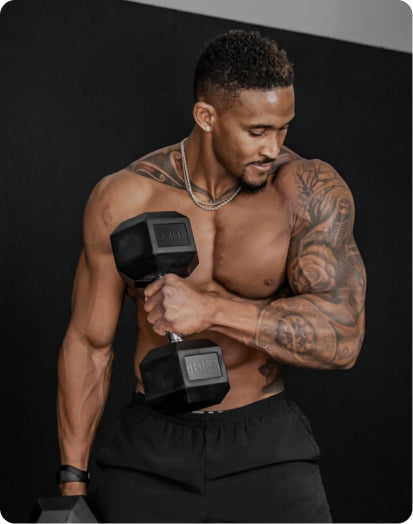


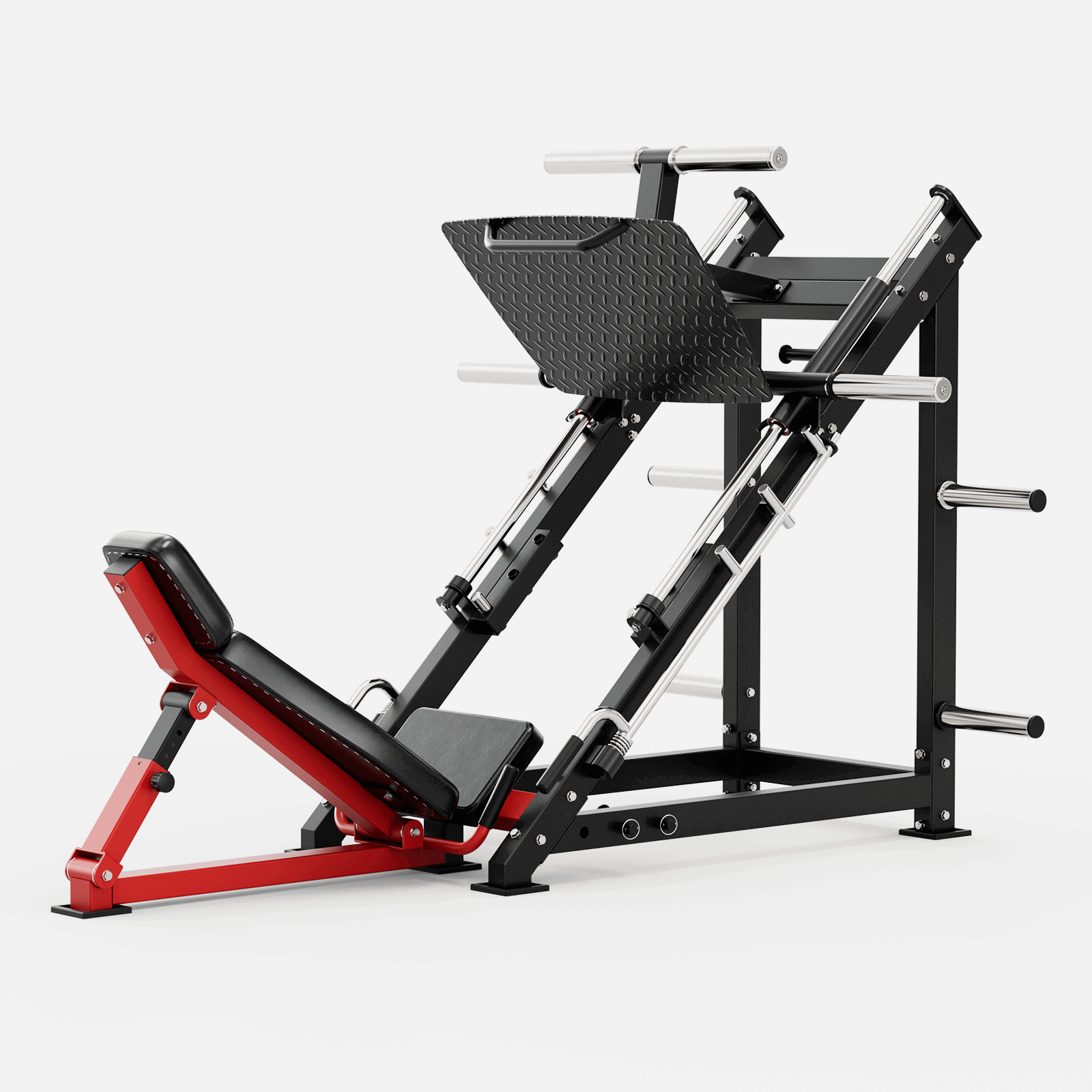
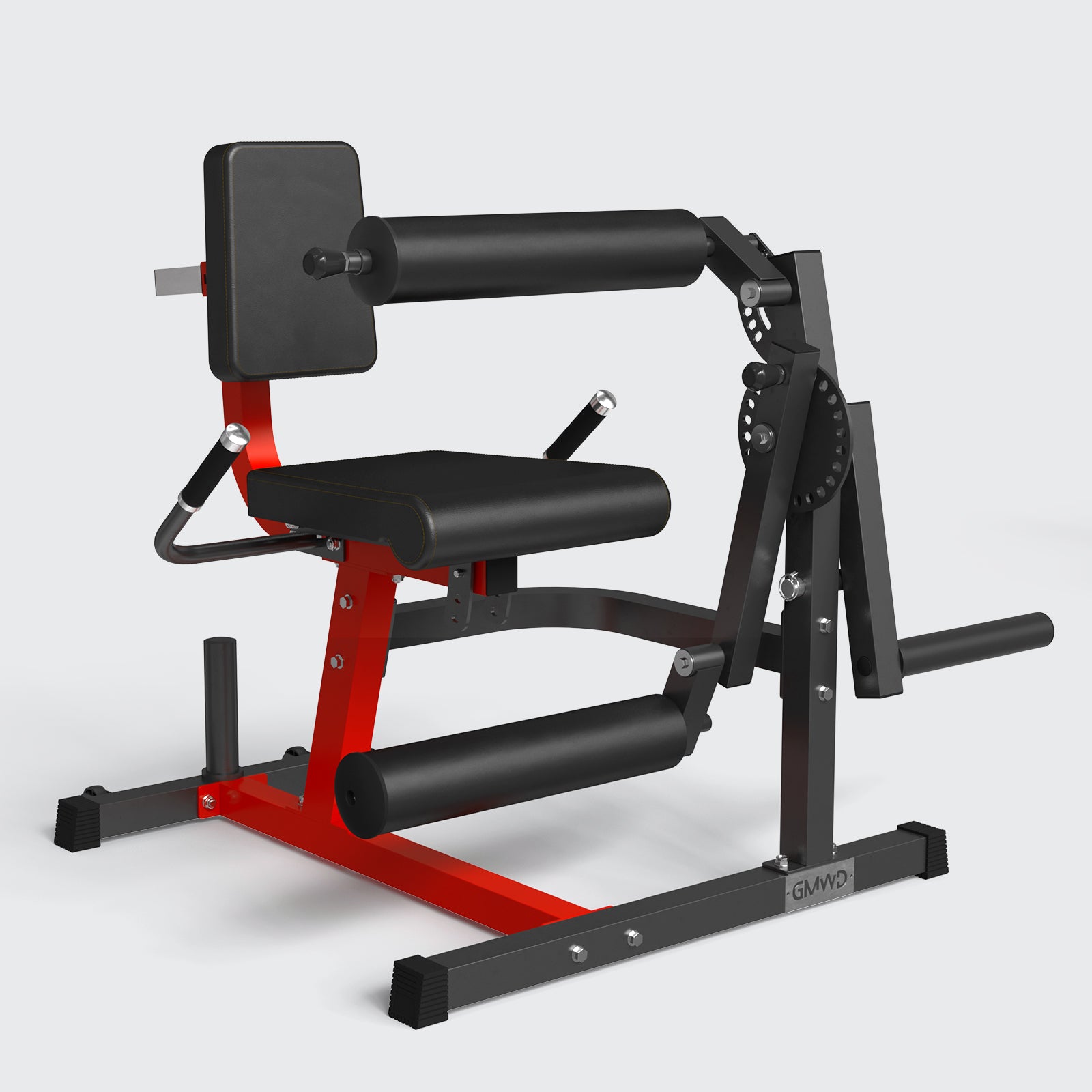
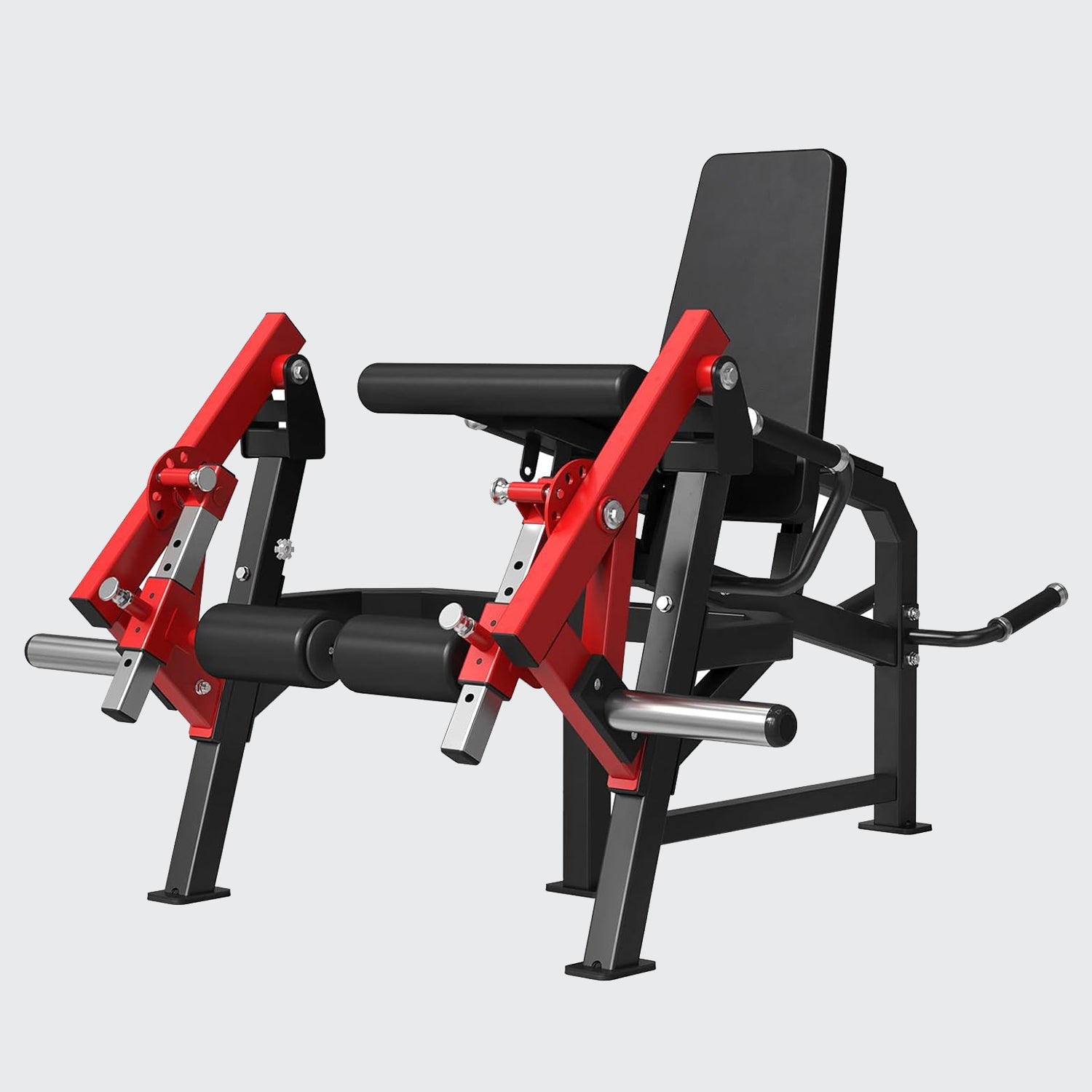
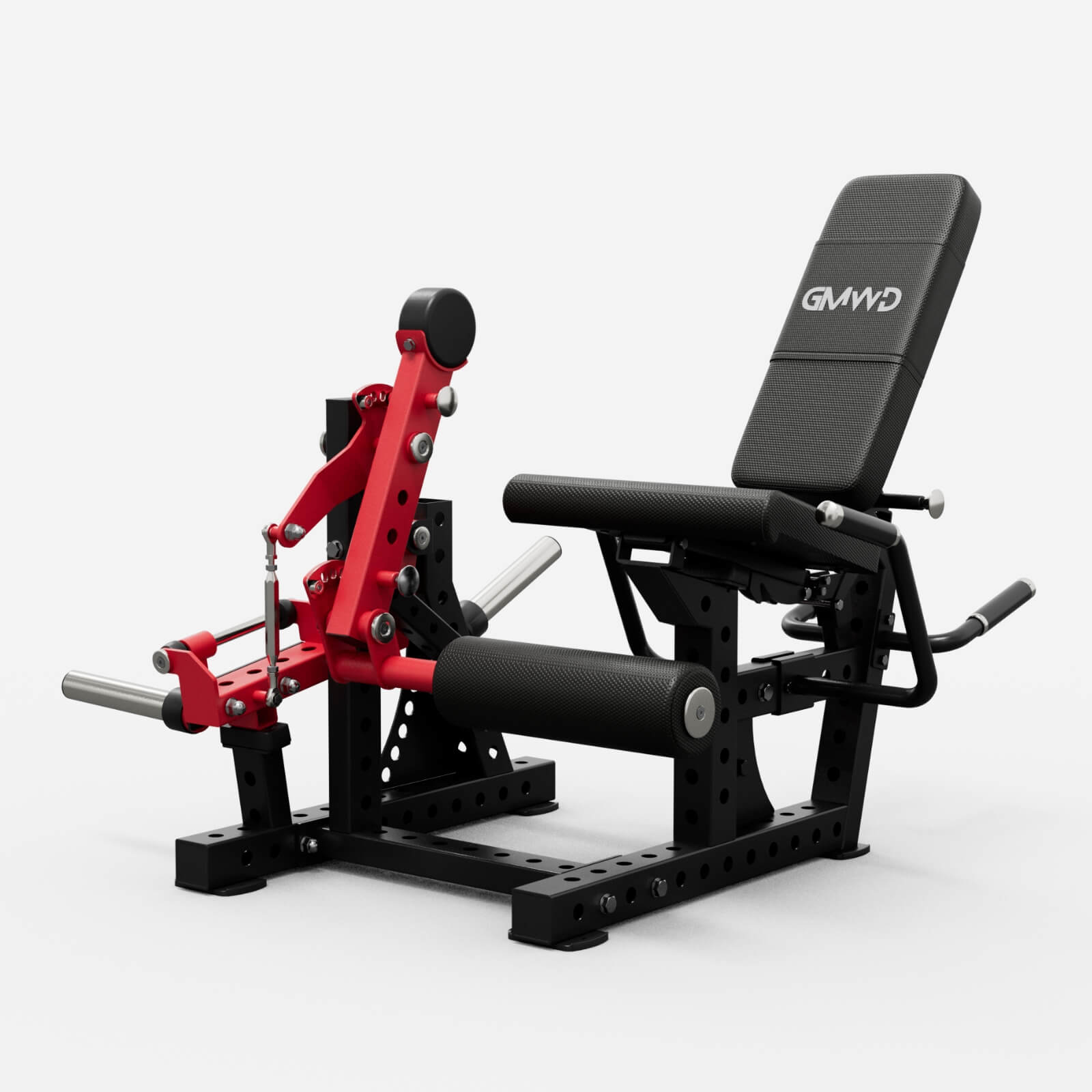
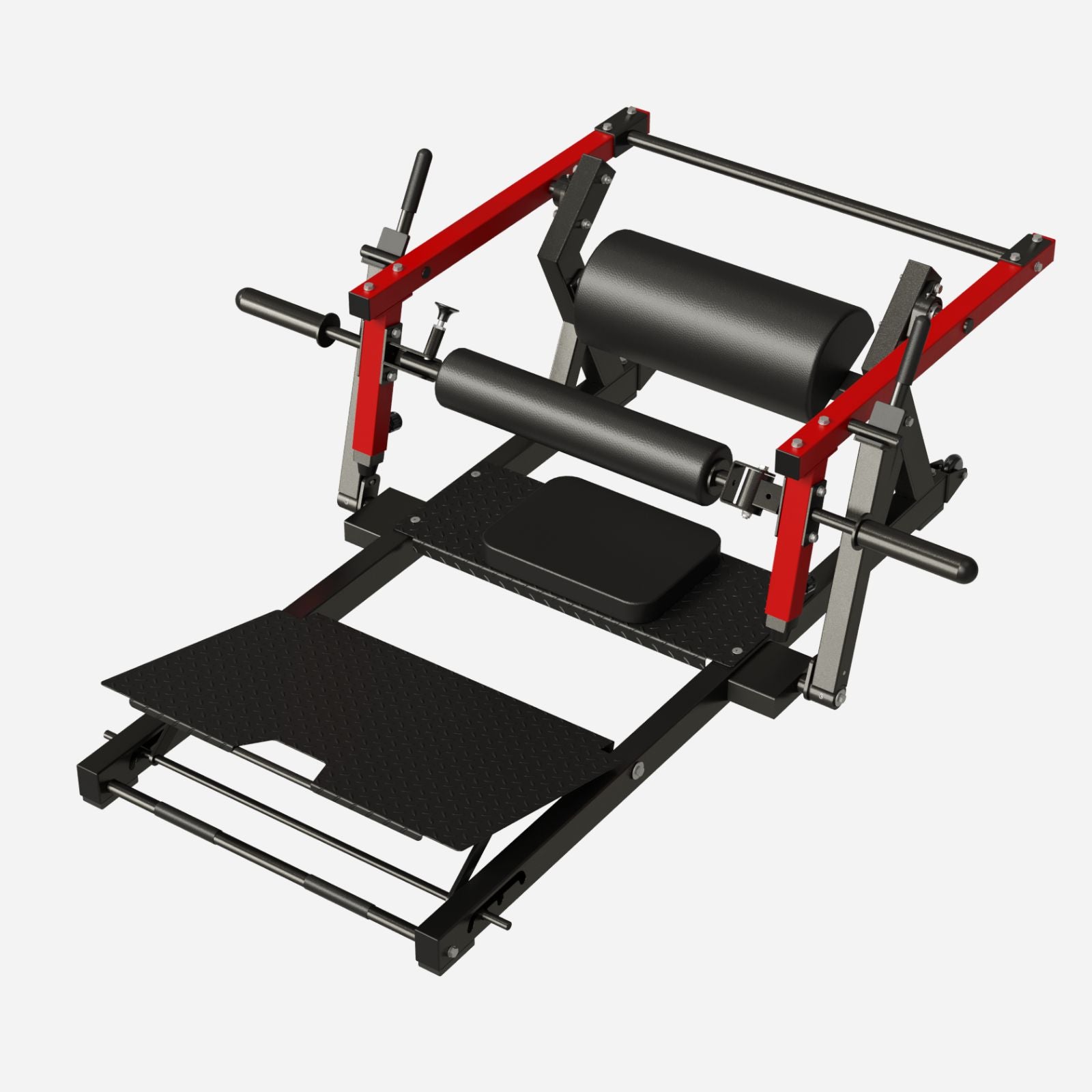
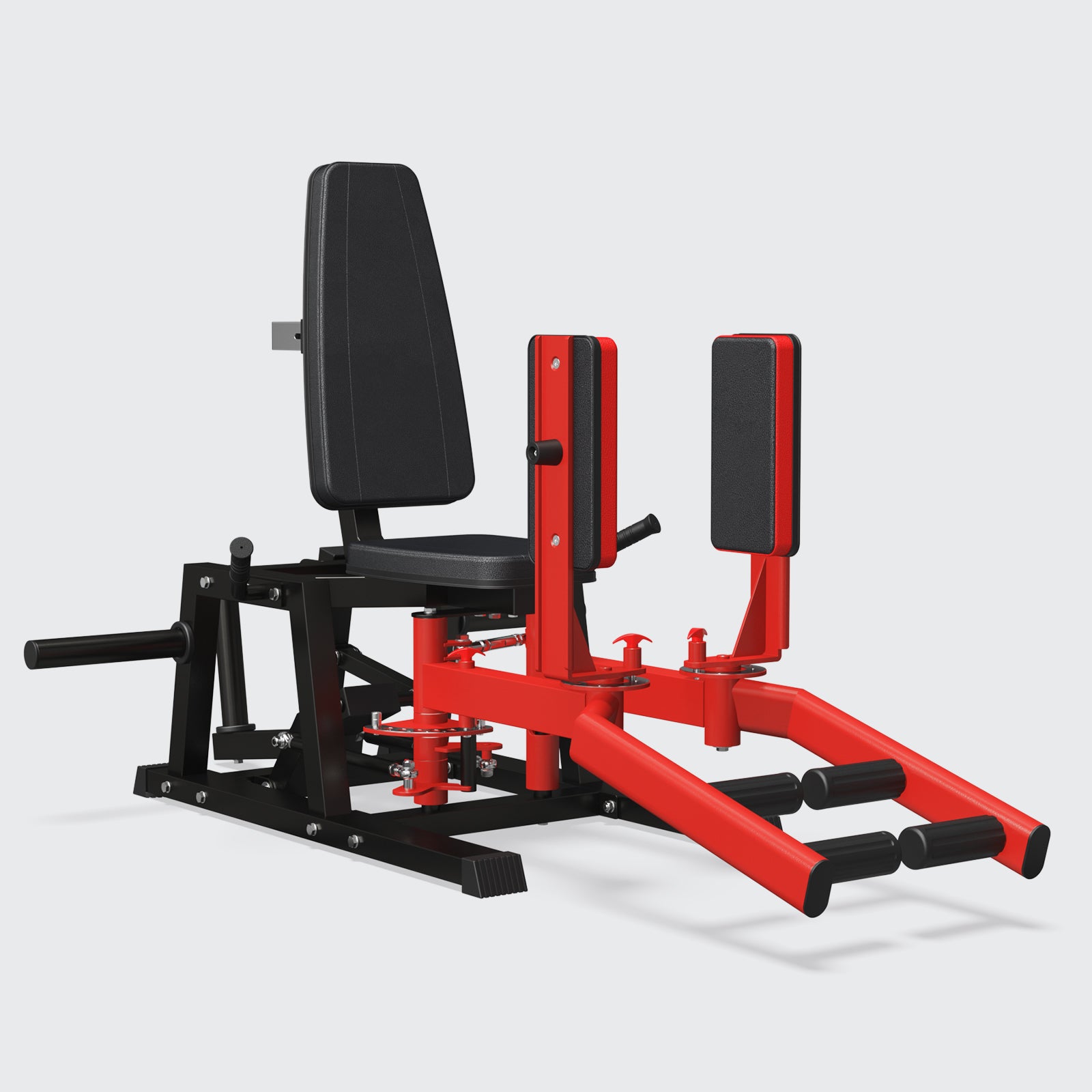


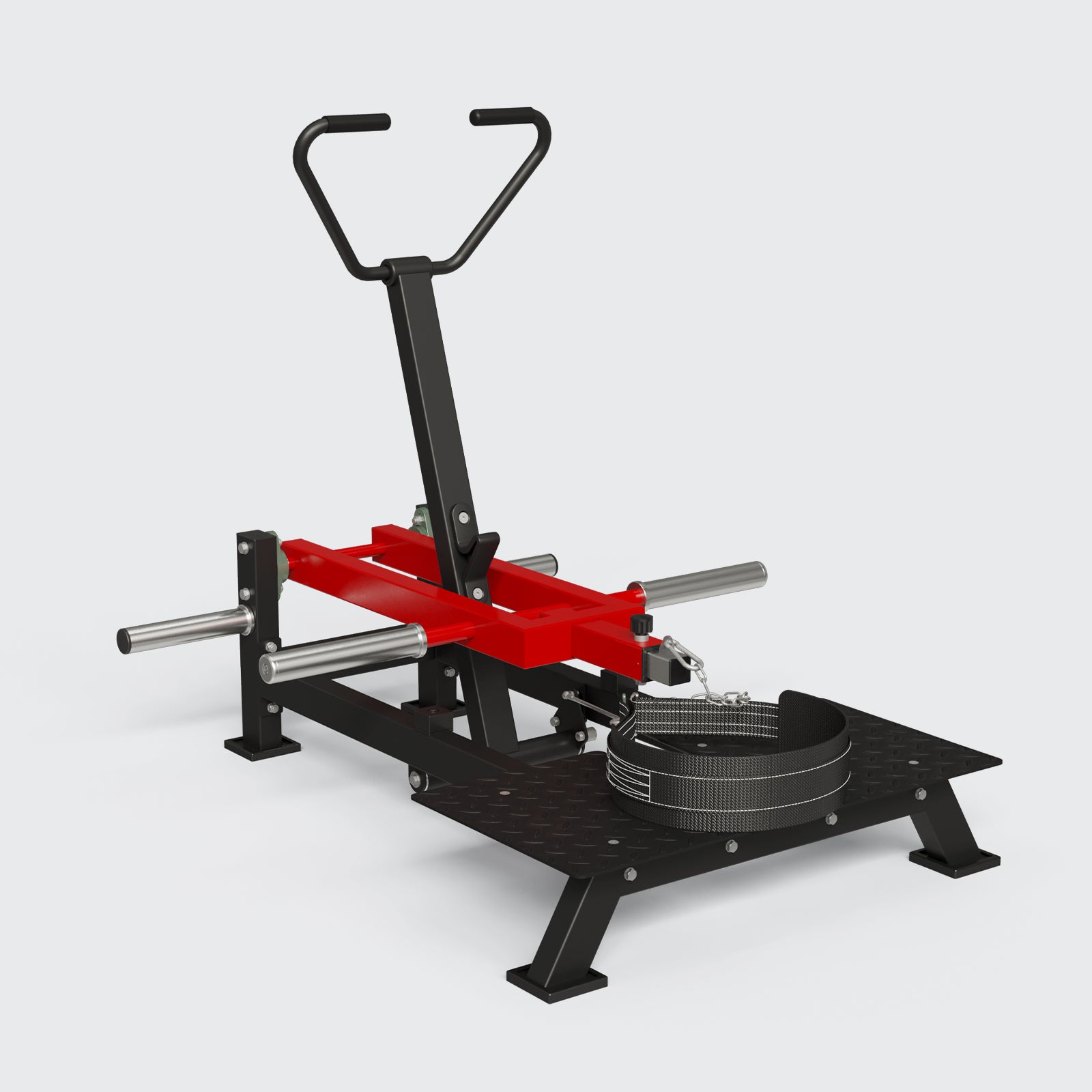
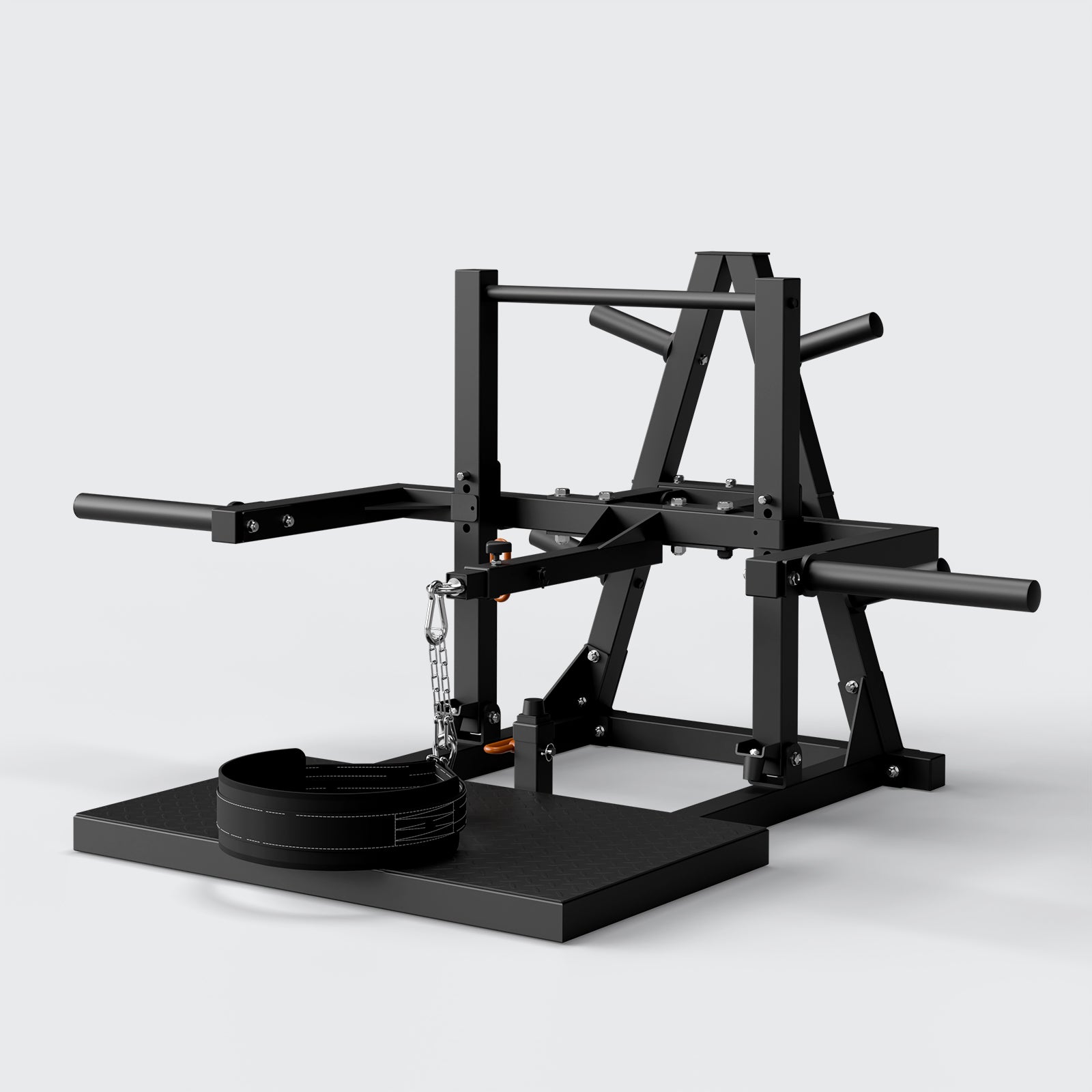

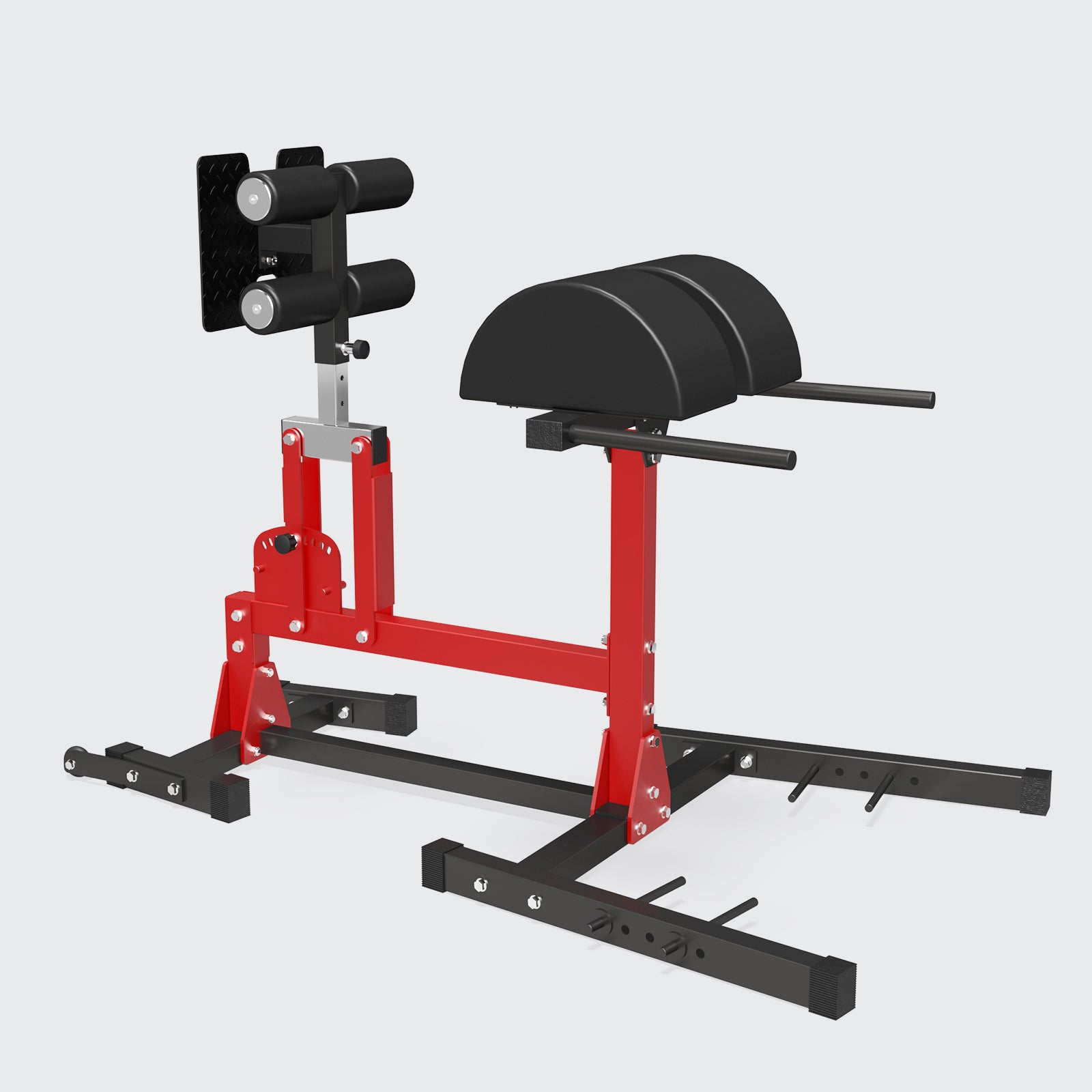

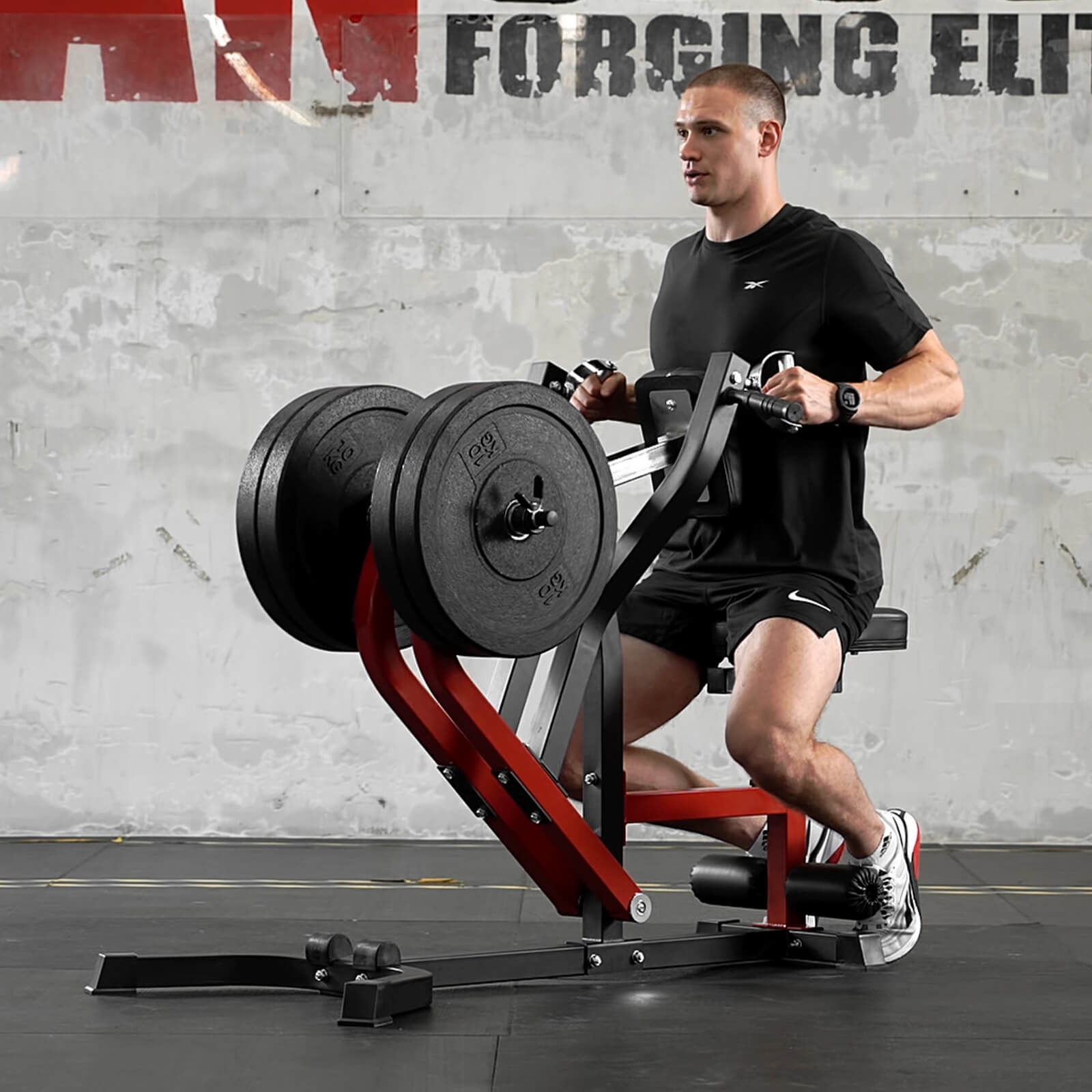


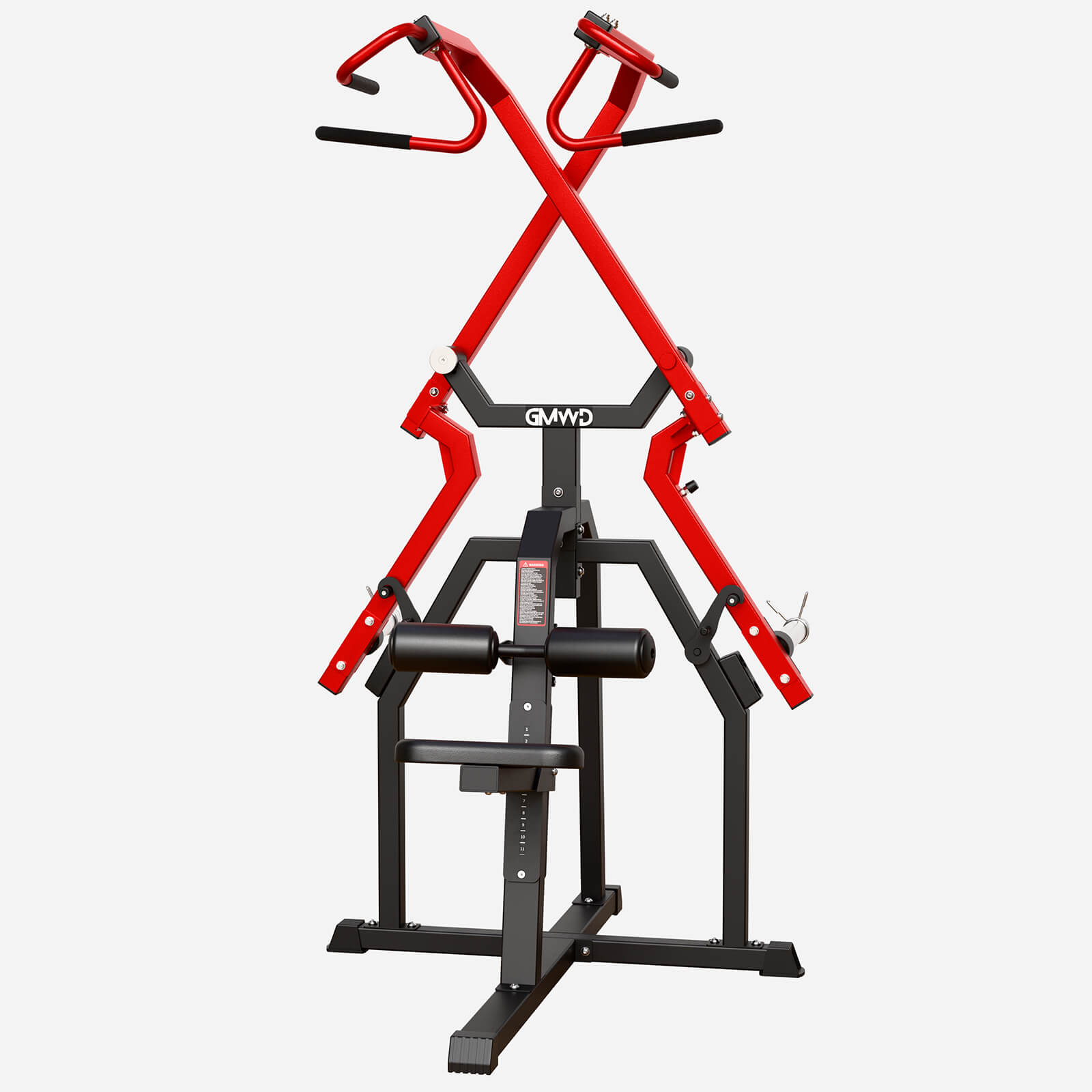
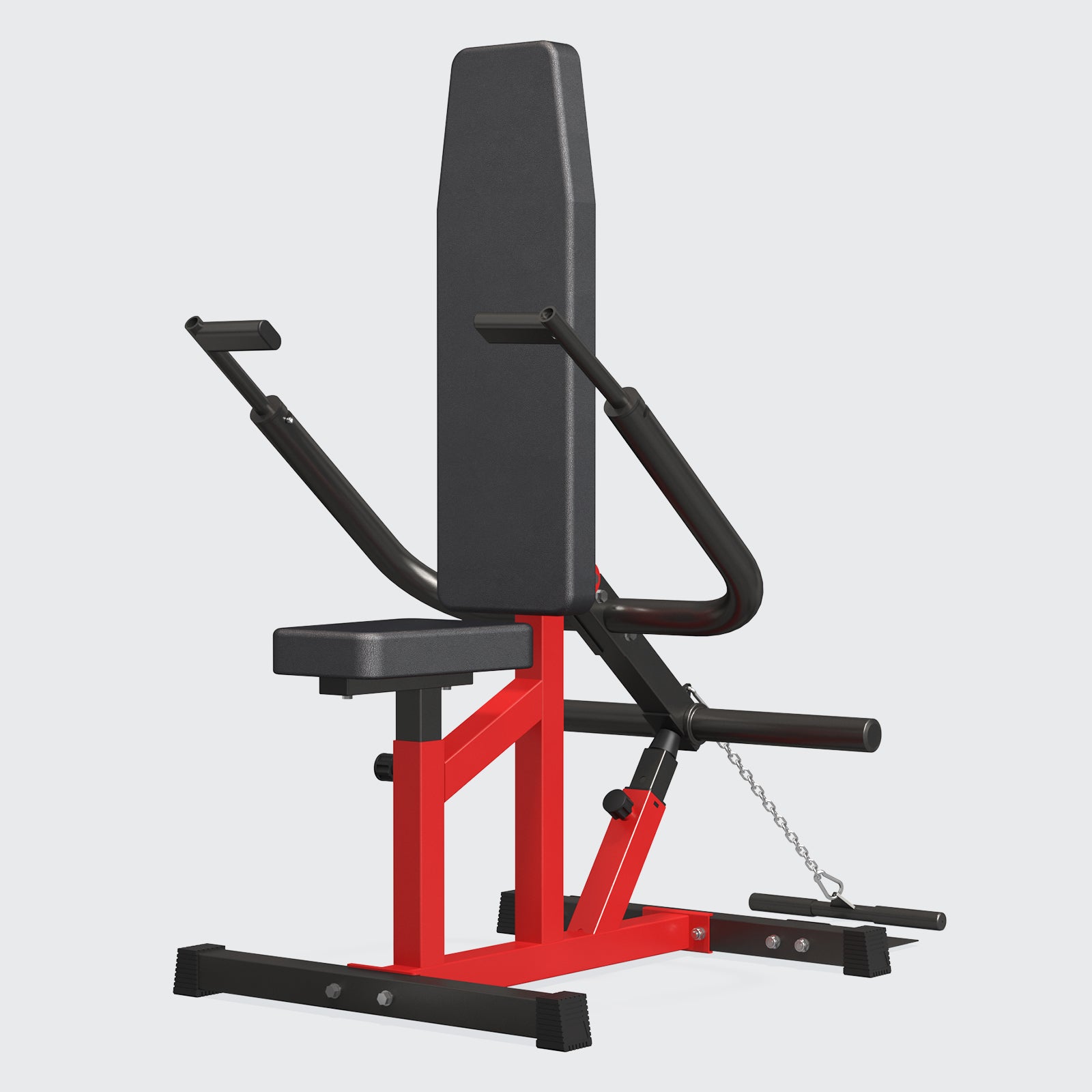
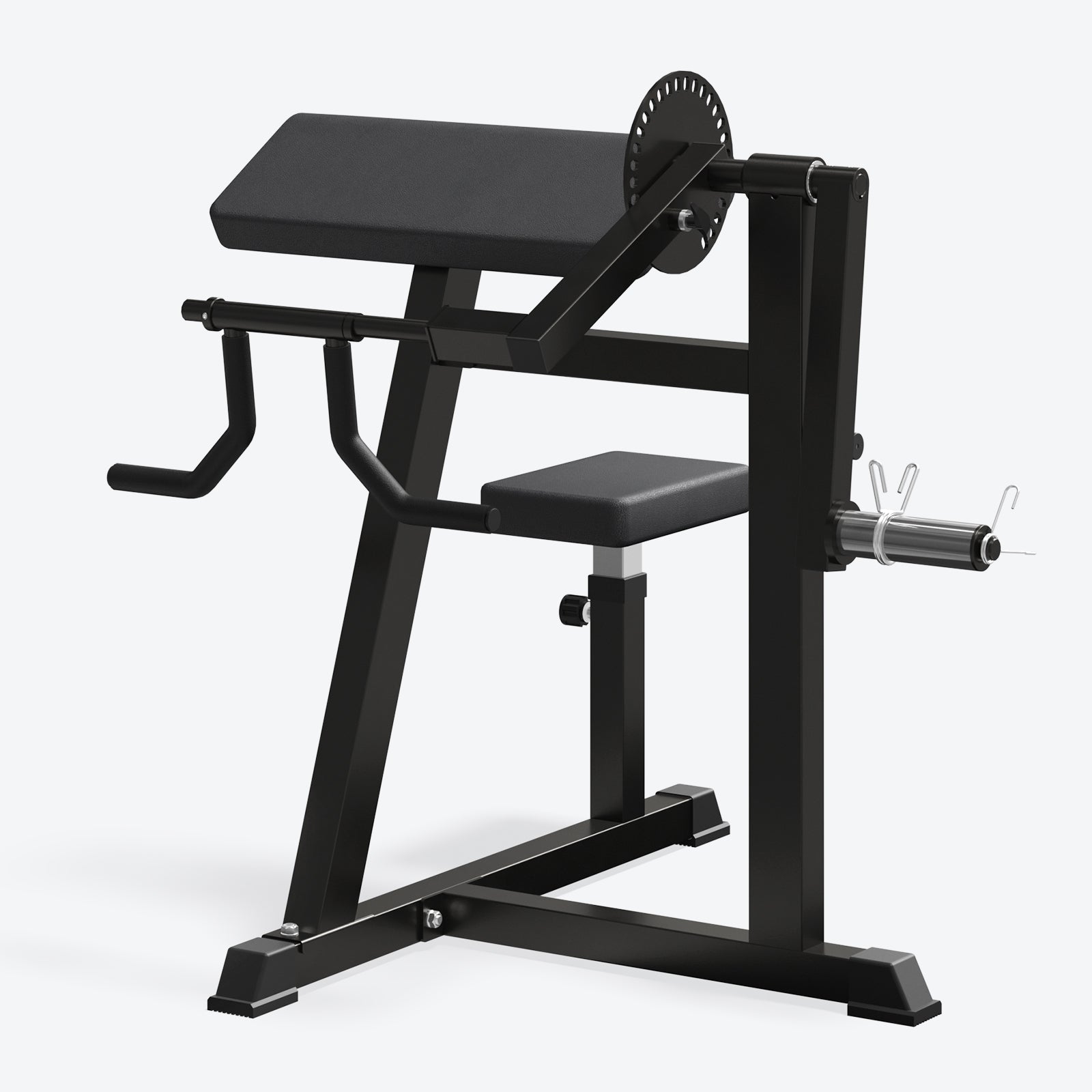

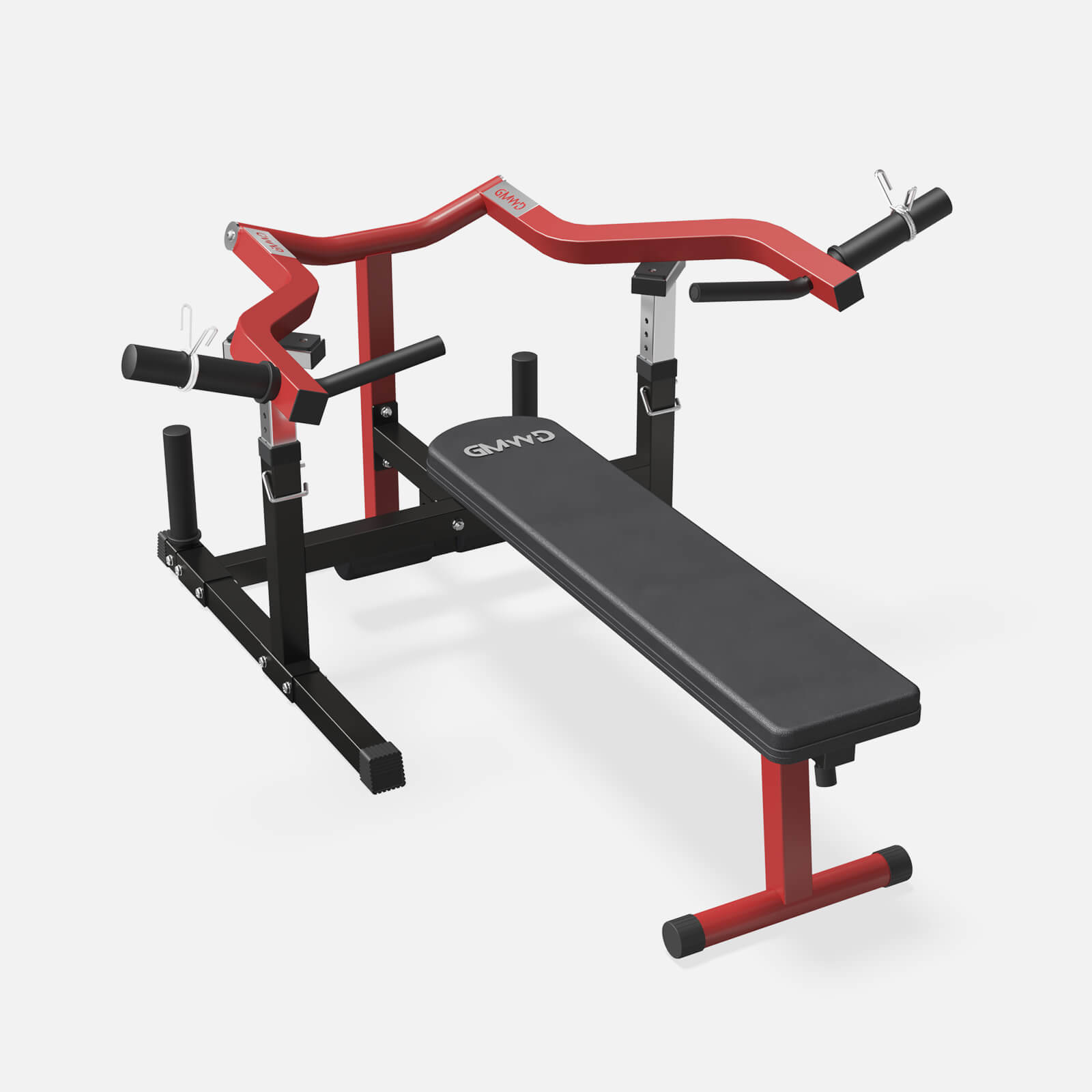


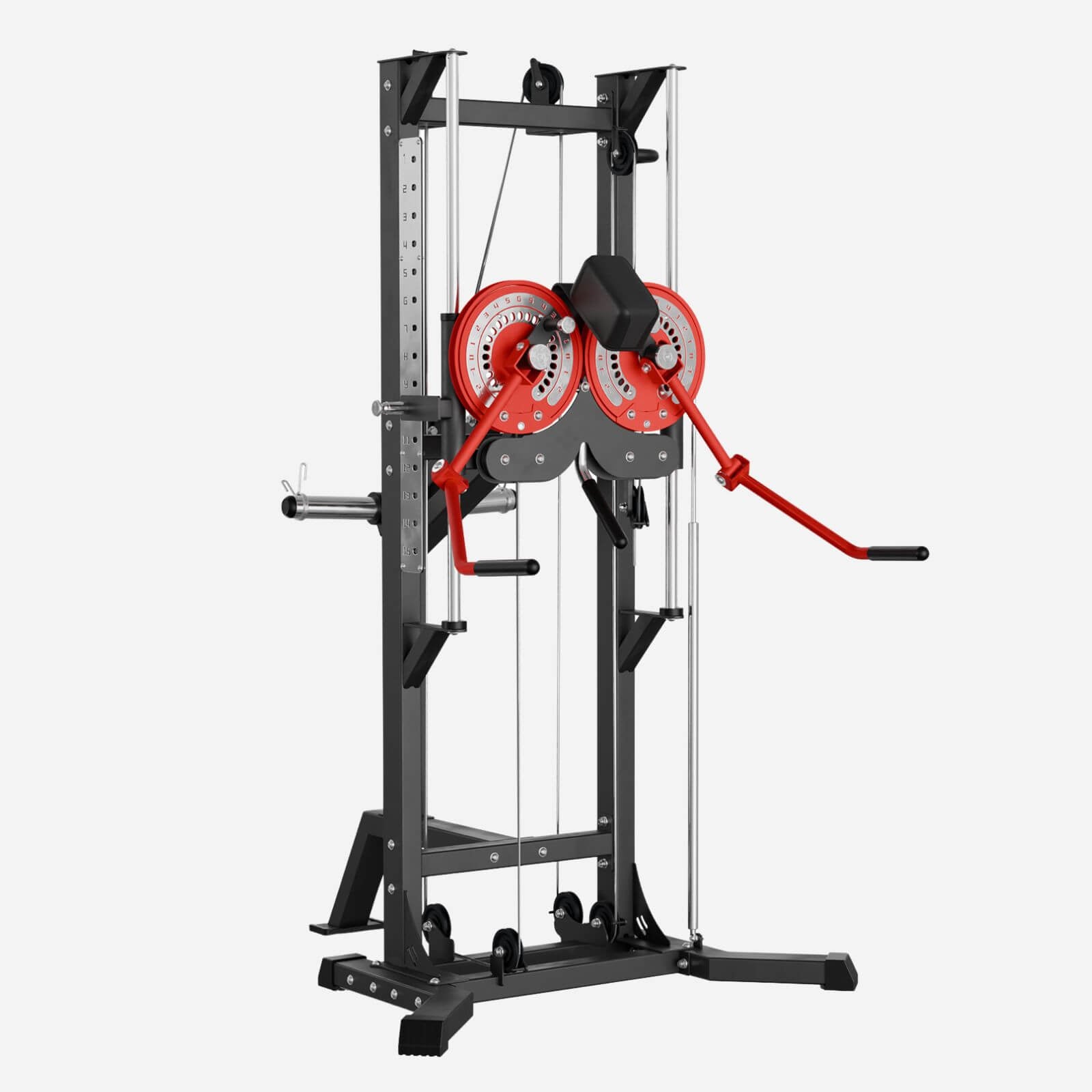

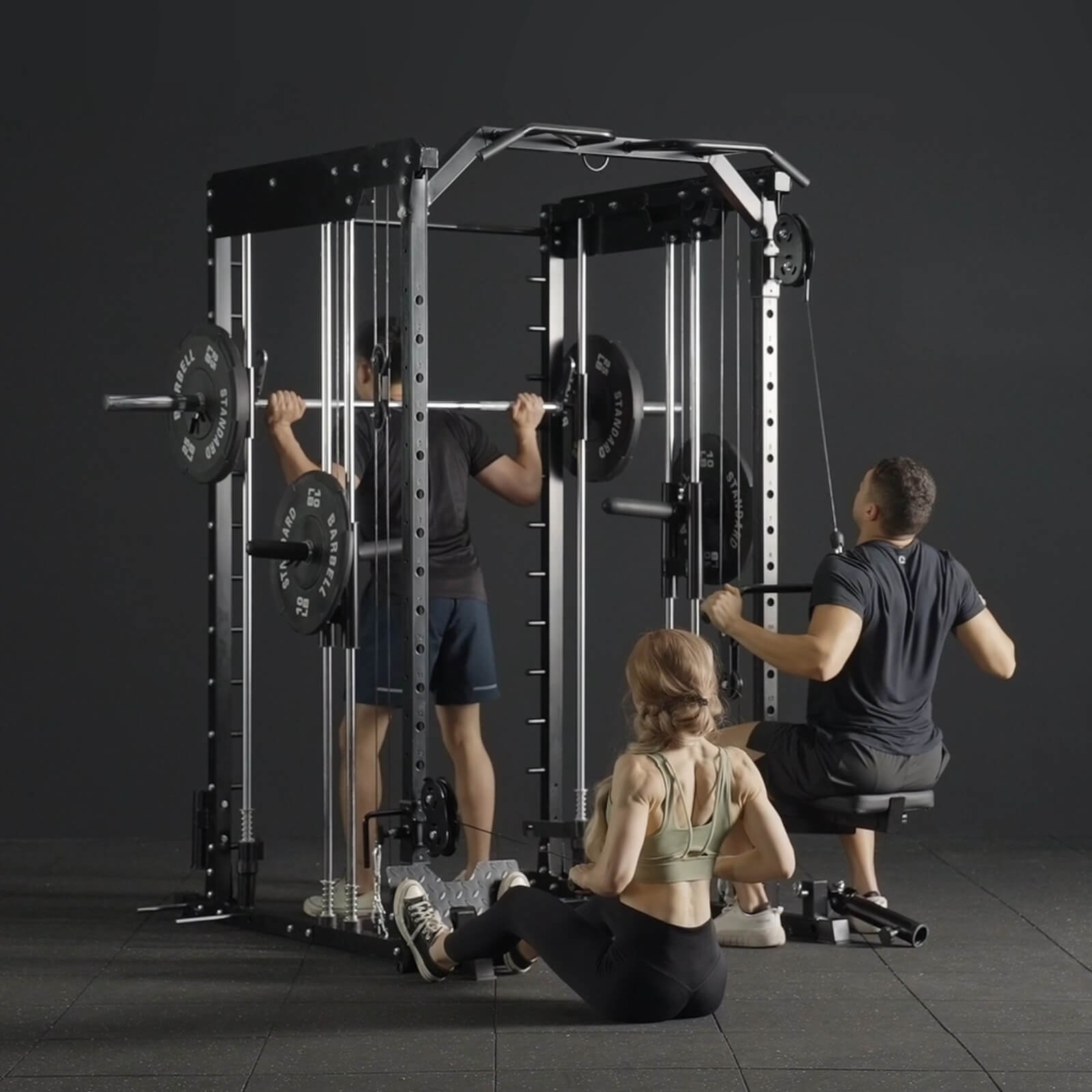
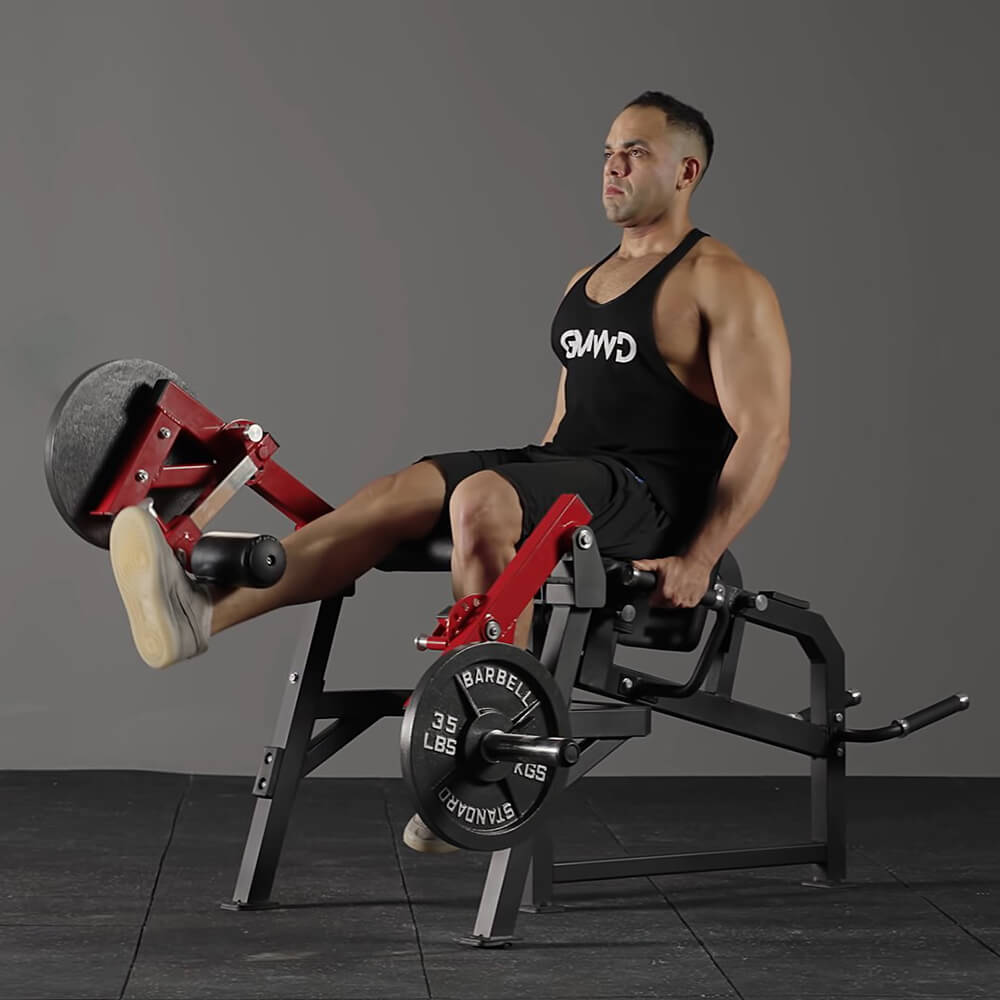
Leave a comment
All comments are moderated before being published.
This site is protected by hCaptcha and the hCaptcha Privacy Policy and Terms of Service apply.